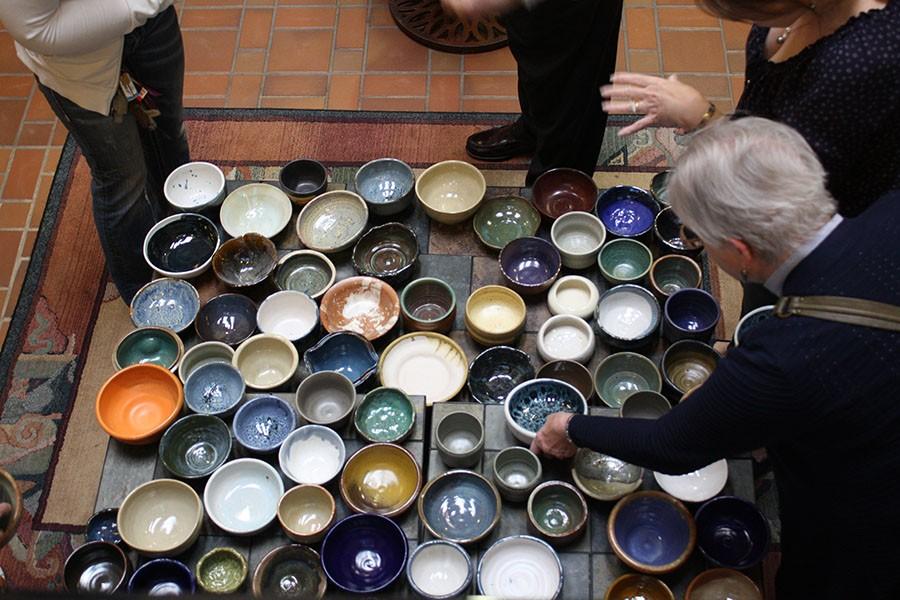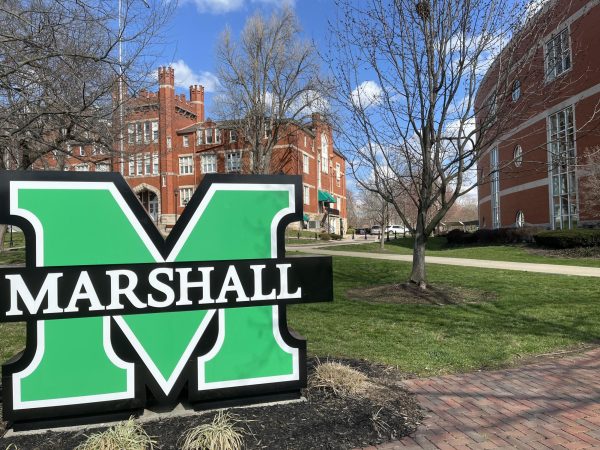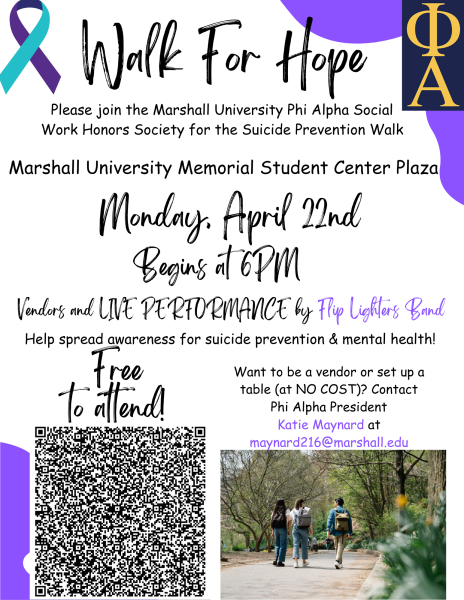13th Annual Empty Bowls raises funds for Facing Hunger Foodbank
More stories from Clara Maynard
Marshall University ceramics and clay club students made over 1,000 bowls for Empty Bowls in 2016.
Huntington’s 13th Annual Empty Bowls event took place Friday at First Presbyterian Church.
The event, which began in 2003, serves as a fundraiser for the Facing Hunger Foodbank. For $15, guests could buy a bowl created by Marshall ceramics students and other volunteers as well as a soup kitchen style meal.
Junior ceramics major Chelsey Adkins has been volunteering with Empty Bowls for two years.
“We have a throwing class every spring and we all have an assignment where we throw a certain number of bowls and donate them to charity,” Adkins said. “Then we come here and volunteer and help during the day.”
Adkins said she has enjoyed volunteering for Facing Hunger Foodbank while seeing her bowls on display.
“Our class gets to go to the food bank and we made backpacks for the school programs,” Adkins said. “Then we get to come here to see the people who enjoy the pottery and have specific artists they choose. It’s really fun.”
Adkins said she believes Empty Bowls allows the community to raise awareness about an important social issue.
“I think that poverty is really prevalent where we live and it’s nice to see the community coming and recognizing that and giving back to the community,” Adkins said.
Marshall alumna Brittany Brownfield worked with Empty Bowls as part of her public relations capstone course in 2008 and has been coming back ever since.
“I’ve been familiar with the program for a long time and I work here in Huntington so I just make it a point to come back every year,” Brownfield said.
Brownfield said she enjoys the many aspects and organizations involved in making Empty Bowls a success.
“I think it’s a unique event,” Brownfield said. “There’s so many aspects to it, you get to take home a piece of locally made pottery, you get to experience what homeless people experience in a soup kitchen every day.”
Brownfield said the soup kitchen meal allows participants to “put themselves in another person’s situation.”
“The meal itself, a lot of people feel like it’s not a lot of food, but it’s representative of what’s in a soup kitchen,” Brownfield said. “So it kind of makes you aware—many of us who wouldn’t consider ourselves rich are still very blessed and lucky to have the resources we do and to have food on our plates every day.”
Clara Maynard can be contacted at [email protected].
Your donation will help continue the work of independent student journalism at Marshall University. If you benefit from The Parthenon's free content, please consider making a donation.





